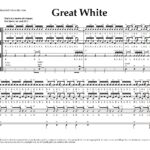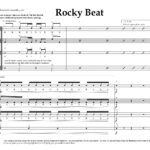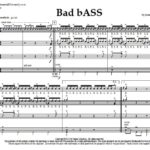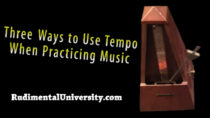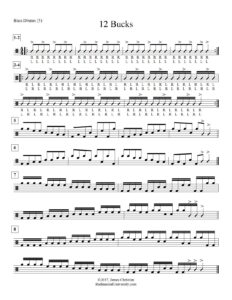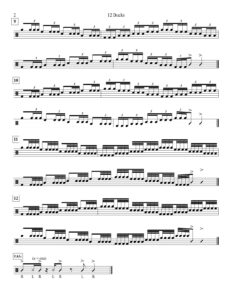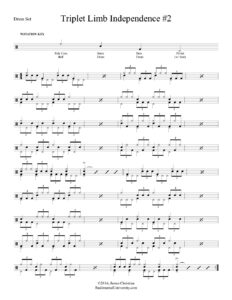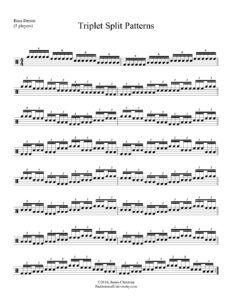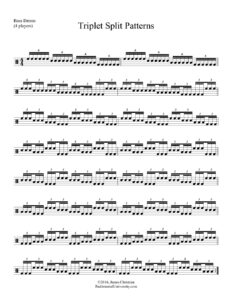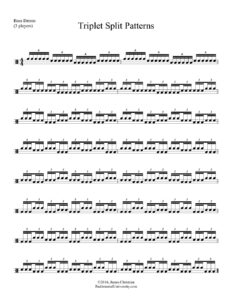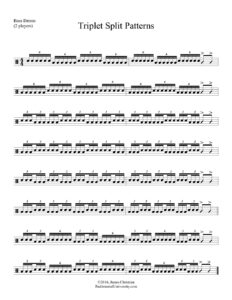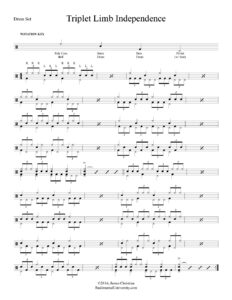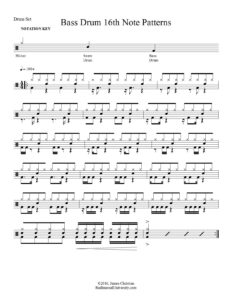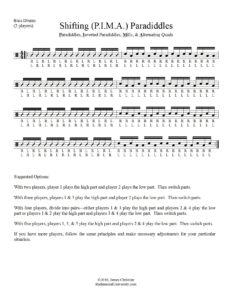We have been promising some big things for a while now. Well, this one is pretty exciting! We are now regularly publishing a percussion magazine. Allow us to introduce… (drum roll, please)… The Percussion Circle!
Each issue is full of sheet music, exercises, practice tips, contests, and more! This magazine is being released completely free to the entire percussion world. It is especially designed as a resource for percussion instructors and their students, but there is enough material to keep any percussionist happy for many hours.
Videos of the exercises in the articles will gradually be released after publication, so check back frequently. Better yet, subscribe to our e-mail list and follow our social media channels to make sure you never miss any updates.
To view the magazine in full screen, use the viewer below. Click on the square in the bottom right corner. You can zoom in and out from there. You can also print copies for your convenience. (This feature is currently only available on Chrome browsers. We are looking to expand this option.)
Finally, we want to give a special thank you to Keiser Southern Music and HingeStix for their efforts in making this first issue possible. Please show them some appreciation and visit their sites. (If you want to advertise with us, send an e-mail to advertise@rudimentaluniversity.com, and we will send you the details.)
Without further ado, here is the very first issue of The Percussion Circle: Read more “Percussion Magazine: The Percussion Circle – Issue #1”


